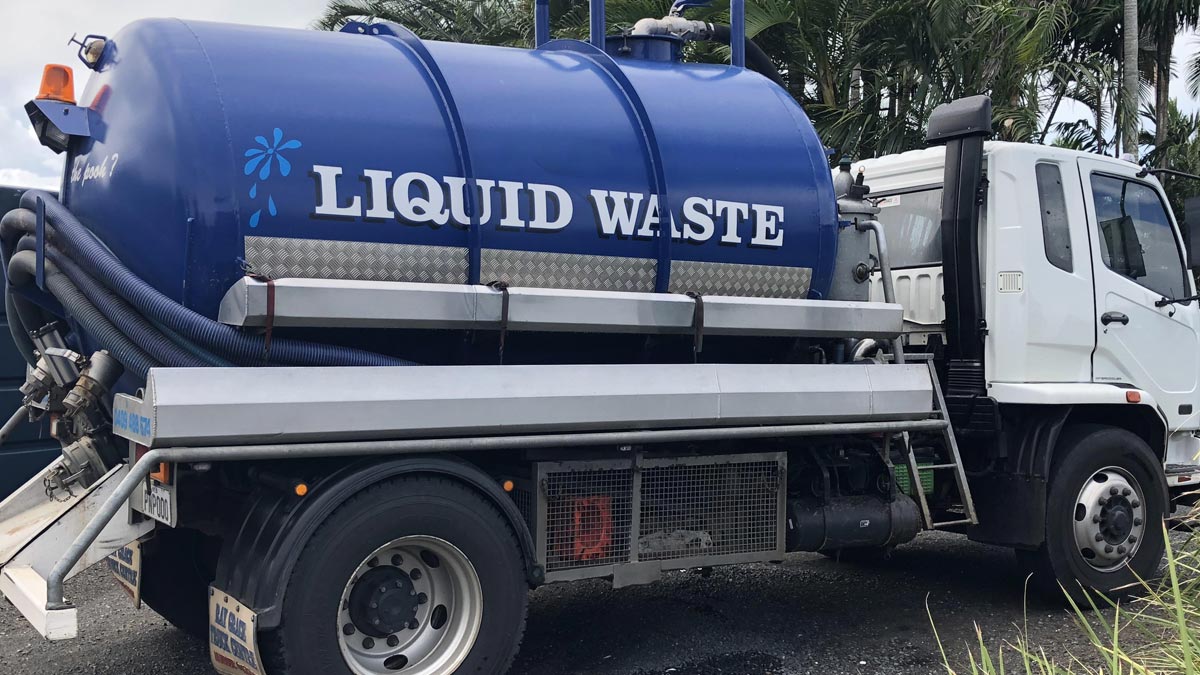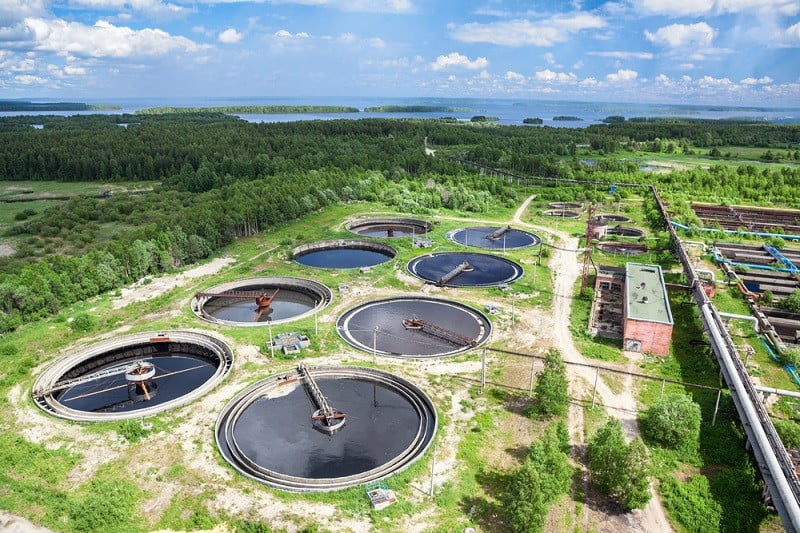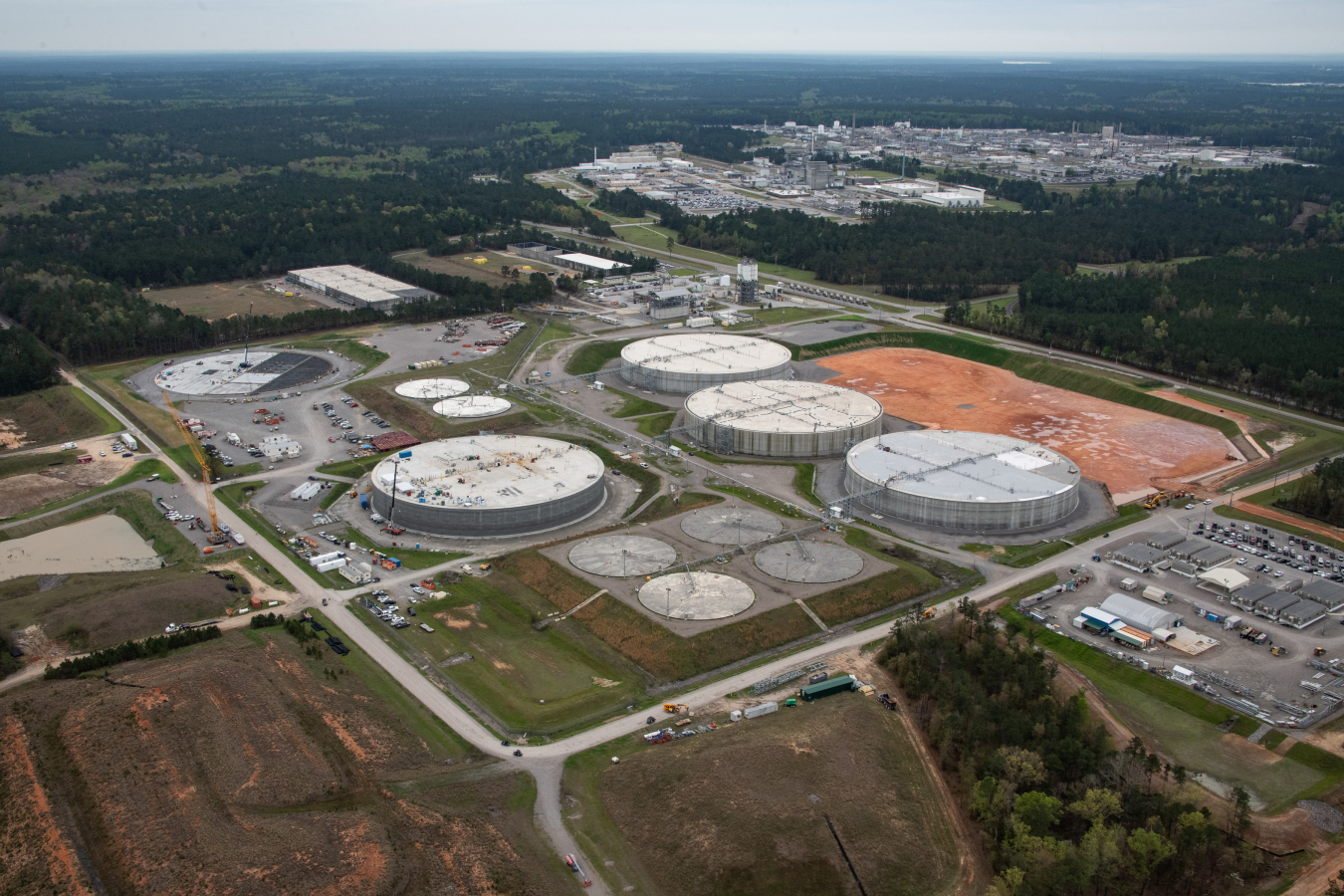Comprehensive Liquid Waste Disposal: Solutions for Residences and Businesses
Comprehensive Liquid Waste Disposal: Solutions for Residences and Businesses
Blog Article
Exactly How Fluid Waste Disposal Works: A Detailed Summary of Methods and Technologies Used

Overview of Liquid Waste Types
The intricacy of fluid waste kinds demands an extensive understanding of their attributes and effects for disposal. Fluid waste can extensively be categorized right into numerous kinds, including commercial, metropolitan, agricultural, and unsafe waste. Each group exhibits distinct buildings, requiring details management strategies to reduce ecological and wellness risks.
Industrial fluid waste originates from manufacturing processes and often contains an array of impurities, such as heavy metals, solvents, and natural compounds. Community liquid waste, mainly consisting of wastewater from households and industrial establishments, contains raw material, nutrients, and virus (industrial wastewater treatment). Agricultural liquid waste, including overflow from ranches, may have fertilizers, pesticides, and animal waste, posing dangers to water quality and communities
Unsafe fluid waste is defined by its poisoning, sensitivity, or possible to create damage. Recognizing these diverse fluid waste kinds is essential for creating efficient disposal approaches and guaranteeing compliance with ecological guidelines.
Physical Treatment Techniques

Testing is the initial step, where larger bits and debris are eliminated from the fluid waste utilizing displays or grates. This procedure protects downstream devices from damages and ensures smoother procedure. Adhering to screening, sedimentation uses gravitational force to different solids from fluids. In sedimentation tanks, heavier particles clear up at the bottom, developing a sludge layer, while the clarified liquid can be additional treated.
Filtration is another crucial approach that includes passing the fluid via porous materials, such as sand or membrane layers, to record smaller particles. This step enhances the top quality of the liquid, making it ideal for subsequent therapy procedures.

Chemical Therapy Methods
Chemical treatment methods are important for effectively taking care of fluid waste, particularly in dealing with dissolved and colloidal contaminants that physical techniques might not effectively eliminate. These strategies use various chemical agents to counteract, speed up, or transform dangerous substances right into less hazardous forms.
One common technique is coagulation and flocculation, where chemicals such as alum or ferric chloride are included in promote useful content the aggregation of put on hold fragments. This process improves sedimentation, enabling simpler elimination of the resulting sludge. Additionally, oxidation processes, utilizing representatives like chlorine or ozone, are utilized to damage down complex organic substances and microorganisms, providing the waste safer for discharge or more therapy.
Neutralization is an additional critical technique, which readjusts the pH of acidic or alkaline waste streams to neutral levels, preventing prospective harm to downstream systems and the environment. In addition, advanced oxidation procedures (AOPs) use combinations of oxidants and ultraviolet light to break down relentless contaminants, attaining a greater level of therapy effectiveness.
Organic Therapy Procedures
Organic web treatment processes play a crucial role in the monitoring of liquid waste by making use of microbes to decay organic matter and decrease pollutant degrees. These procedures can be extensively categorized into cardio and anaerobic therapies, each using certain microbial neighborhoods to accomplish effective waste destruction.
Aerobic therapy entails making use of oxygen to assist in the breakdown of organic products by microorganisms. This process is commonly applied in triggered sludge systems, where aeration storage tanks offer a favorable environment for microbial development, resulting in the oxidation of natural pollutants. The resultant biomass can be divided from dealt with effluent with sedimentation.
In contrast, anaerobic treatment takes place in the lack of oxygen, depending on different microorganisms to break down raw material. This method is specifically helpful for high-strength waste, as it generates biogas, a renewable energy resource, while reducing sludge production. Technologies such as anaerobic digesters are regularly utilized in municipal and industrial applications.
Both anaerobic and cardiovascular biological therapies not just lessen the environmental effect of fluid waste but likewise assist in source recovery, making them vital elements of sustainable waste management methods. Their performance, performance, and flexibility support their prevalent application across numerous industries.
Arising Technologies in Disposal
Innovative approaches to liquid garbage disposal are rapidly advancing, driven by innovations in modern technology and an increasing emphasis on sustainability. Among these arising innovations, membrane bioreactors (MBRs) have actually acquired traction for their capability to incorporate organic treatment with membrane layer filtration, resulting in top notch effluent that can be reused in various applications. MBRs make it possible for smaller sized footprints and extra efficient procedures contrasted to traditional systems.
Another appealing advancement is using anaerobic food digestion combined with nutrient recuperation modern technologies, which not just treats fluid waste however likewise creates biogas and recoups valuable nutrients like nitrogen and phosphorus. This dual advantage boosts source efficiency and lowers environmental impact.
Additionally, advanced oxidation procedures (AOPs) are being adopted for the degradation of complex natural pollutants. These techniques make use of powerful oxidants and stimulants to break down pollutants at the molecular degree, using a very reliable service for difficult waste streams.
Moreover, the combination of expert system and artificial intelligence in waste management systems is enhancing operational effectiveness and predictive maintenance, leading to lowered costs and enhanced ecological conformity. These modern technologies show a significant shift towards even more sustainable and reliable fluid garbage disposal practices.
Final Thought
In final thought, effective liquid waste disposal demands a thorough understanding of numerous strategies and innovations. By why not look here continuously progressing these methods, it becomes possible to deal with the expanding challenges associated with fluid waste, ultimately adding to environmental security and resource healing.
Fluid waste disposal is an essential aspect of environmental administration, calling for a thorough understanding of various techniques and innovations customized to different waste types. Fluid waste can extensively be categorized right into a number of types, including commercial, community, farming, and unsafe waste. Agricultural liquid waste, consisting of drainage from ranches, might include fertilizers, chemicals, and animal waste, posturing threats to water high quality and communities.
Various physical treatment approaches play an important duty in handling liquid waste efficiently - industrial wastewater treatment.In conclusion, reliable fluid waste disposal necessitates a detailed understanding of different techniques and innovations
Report this page